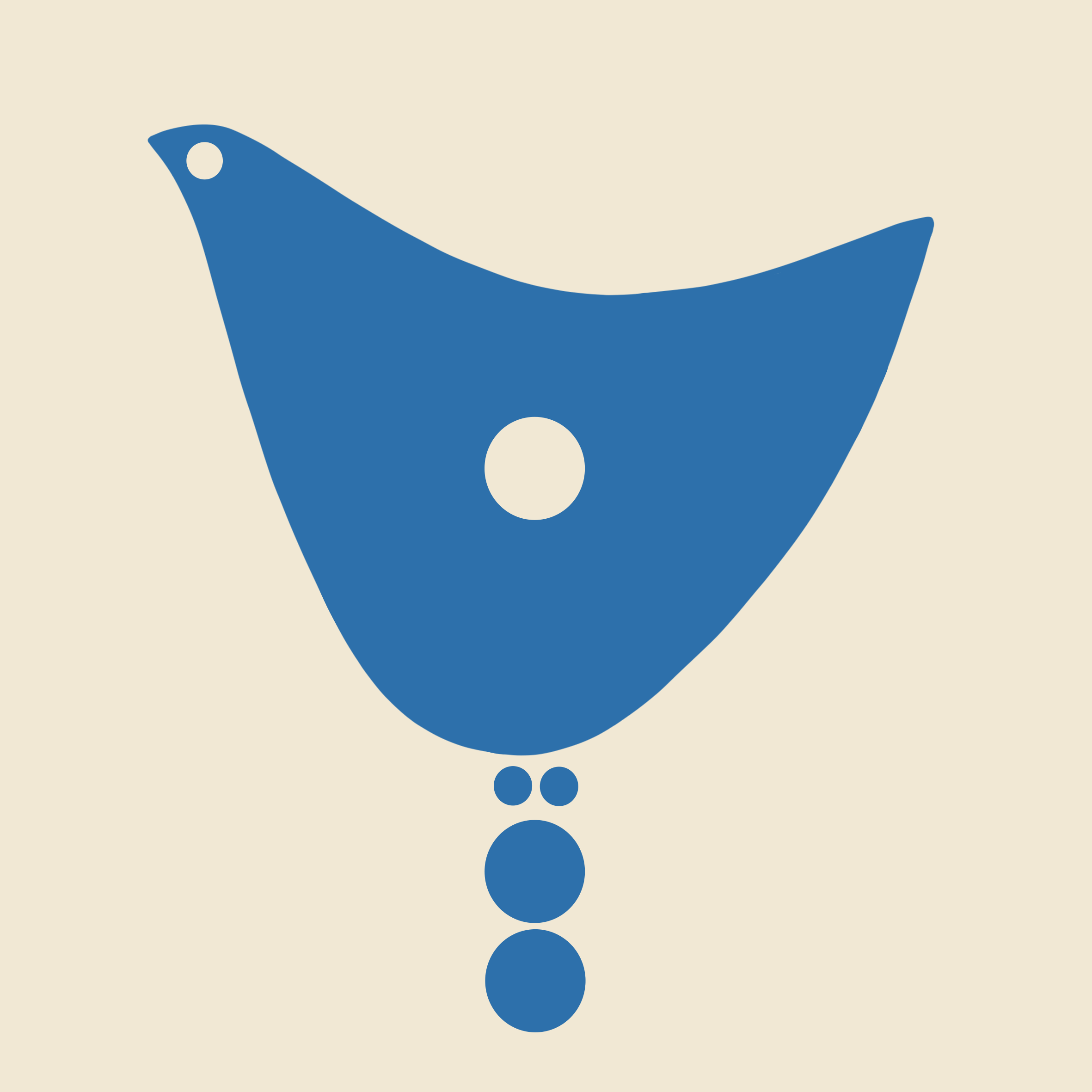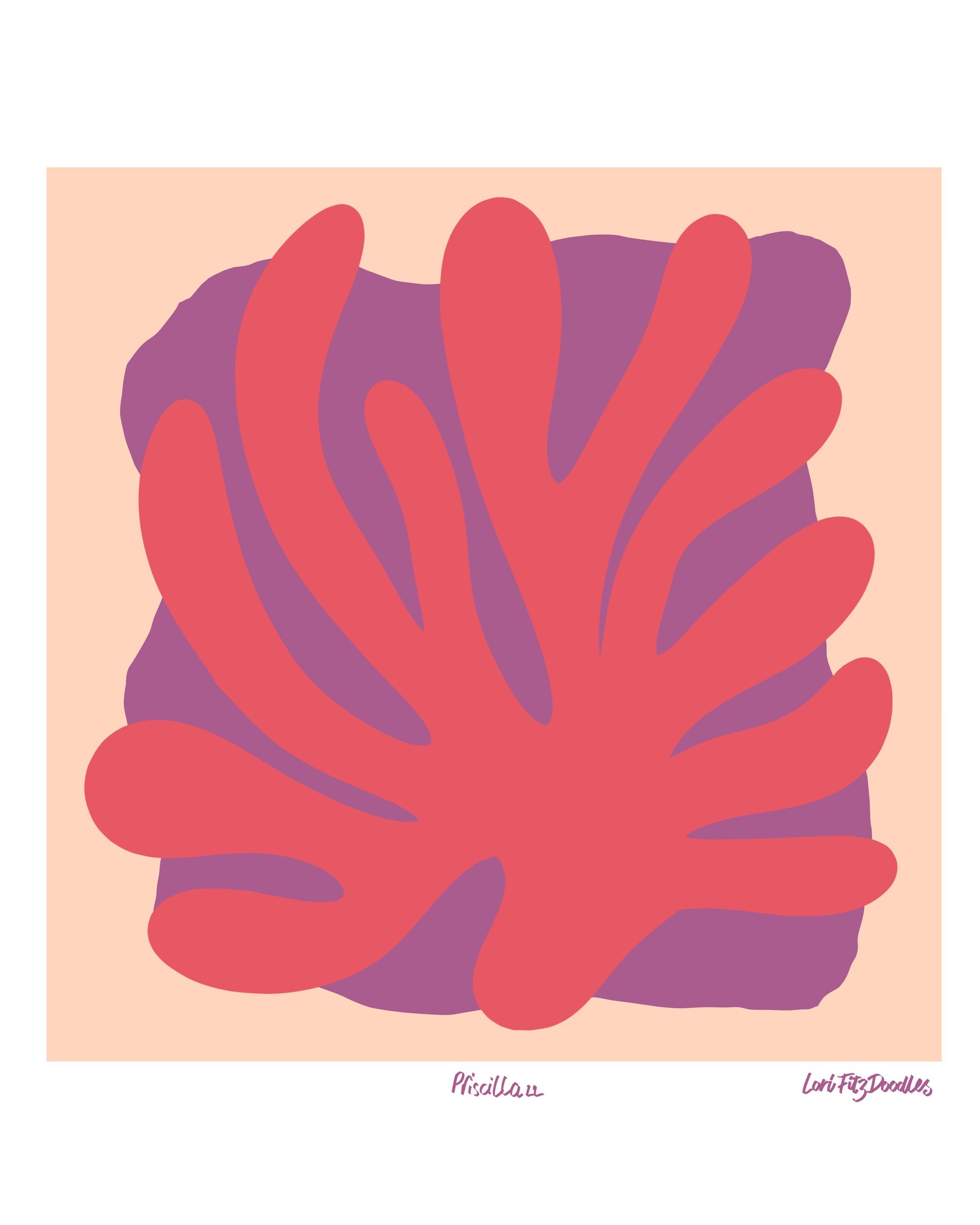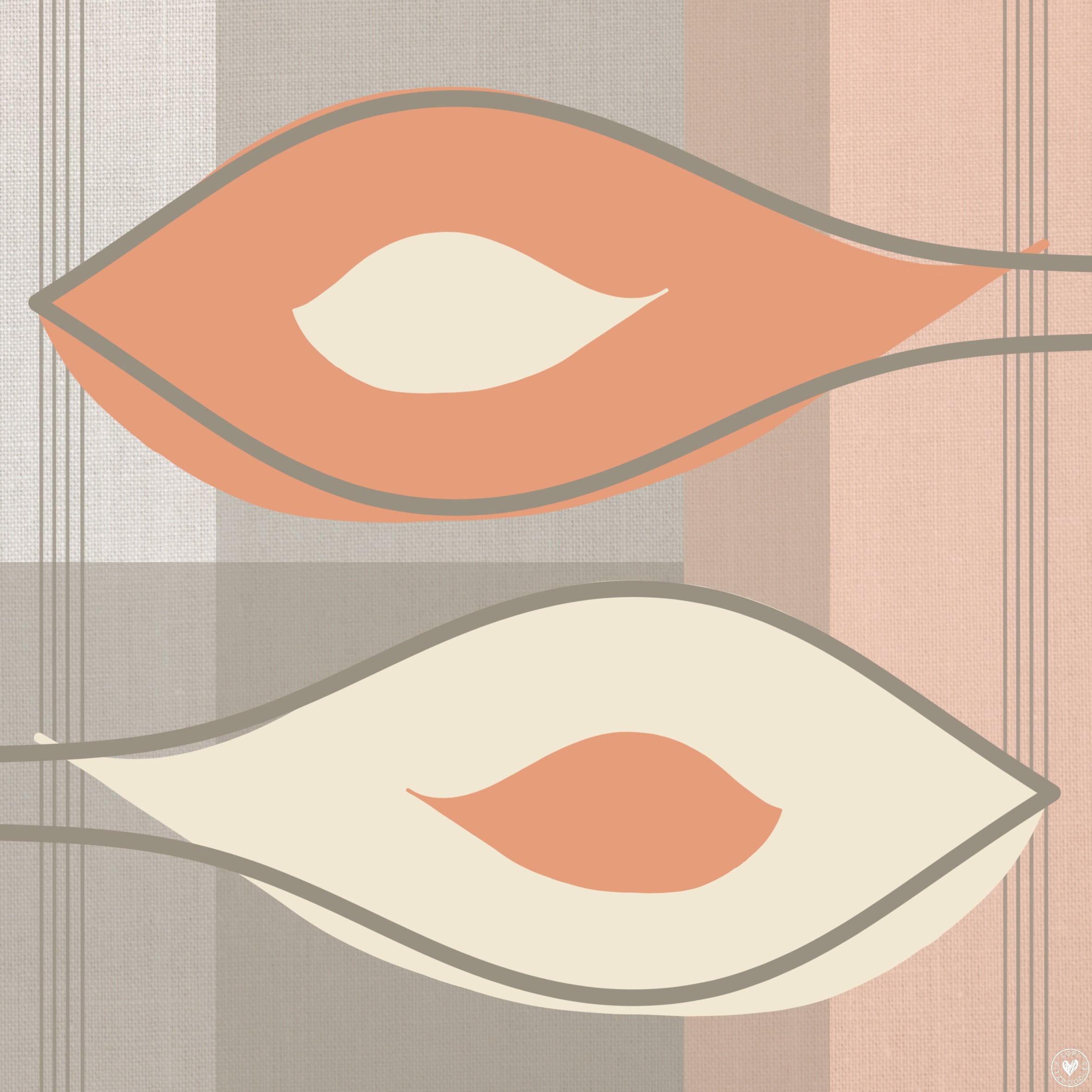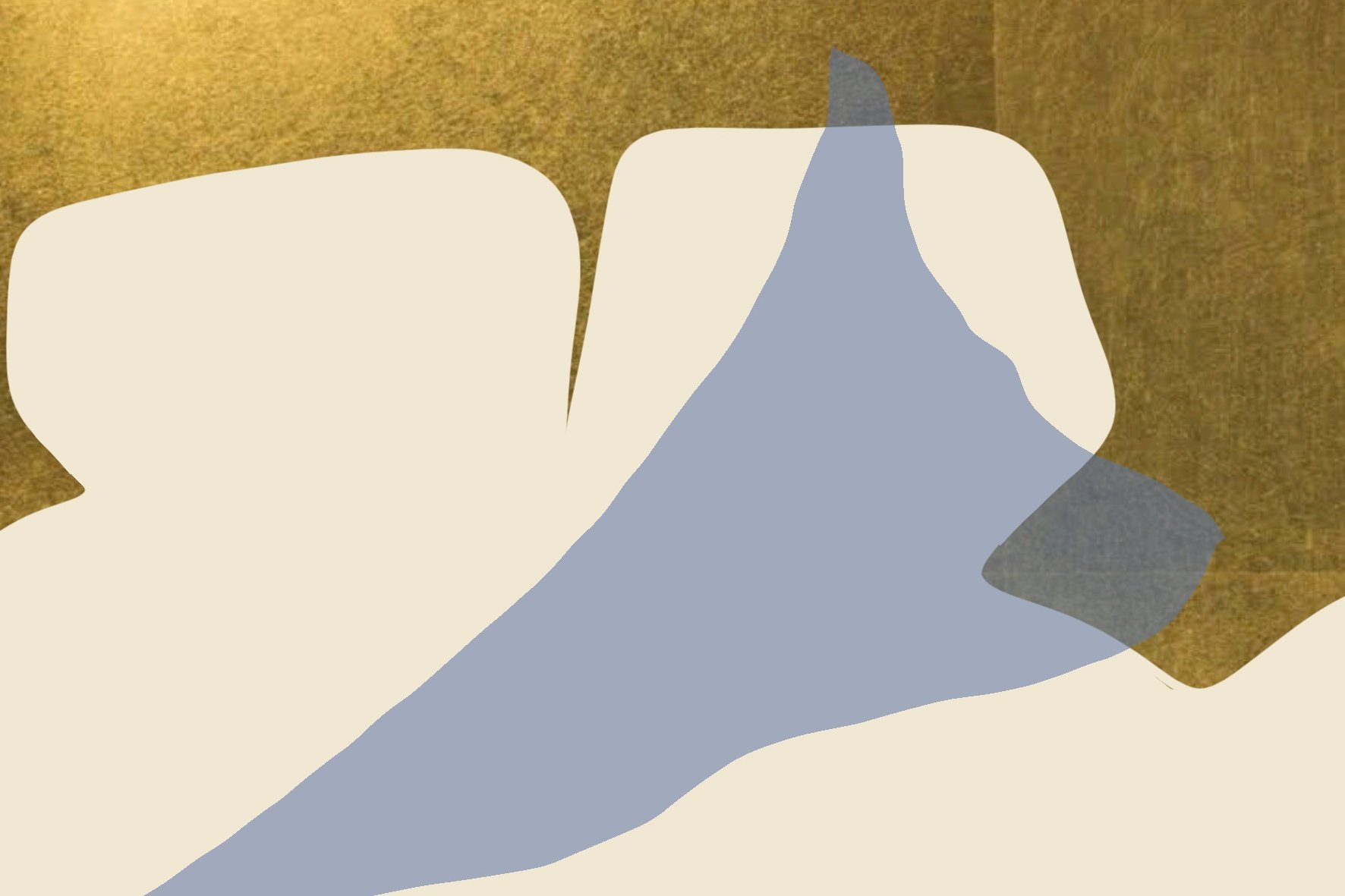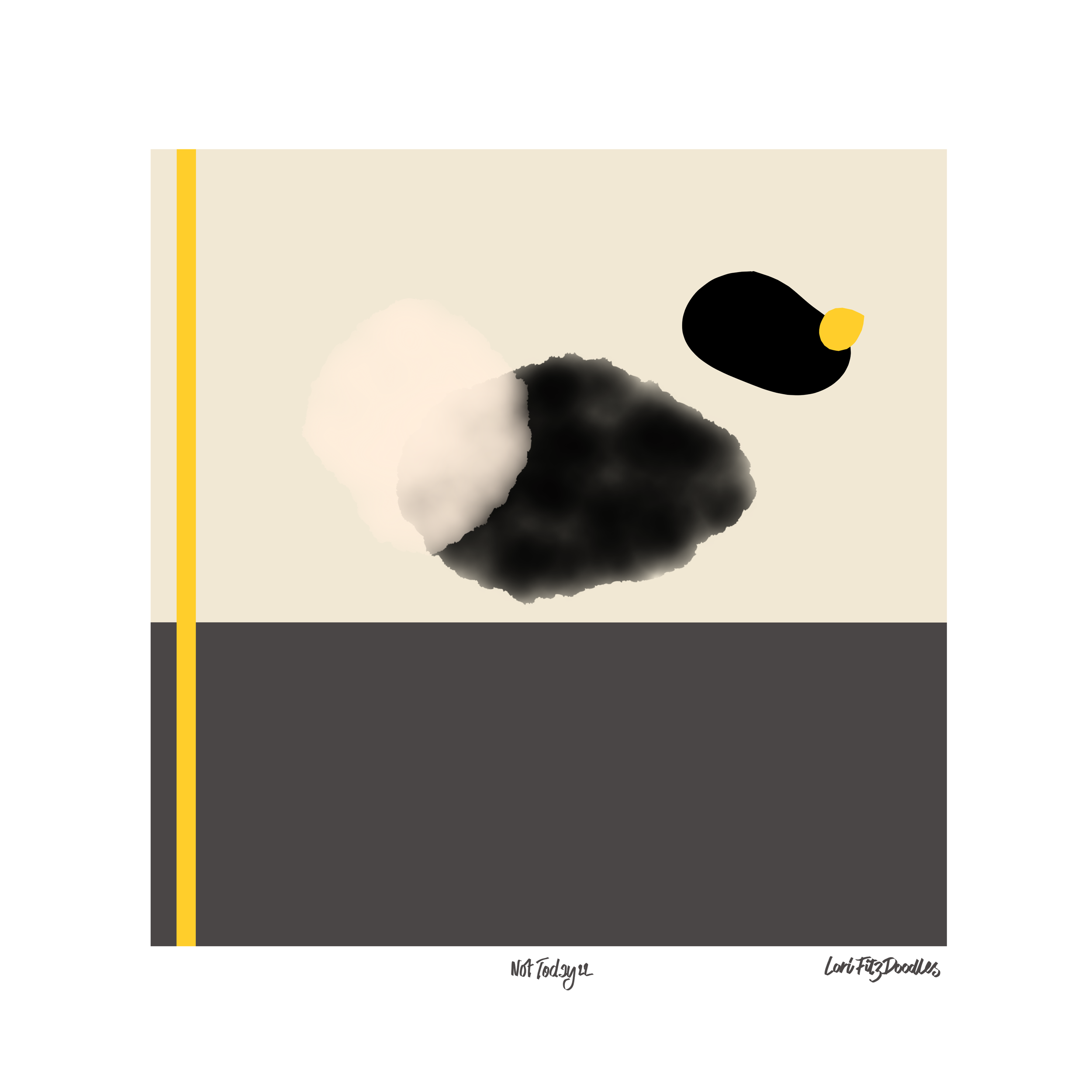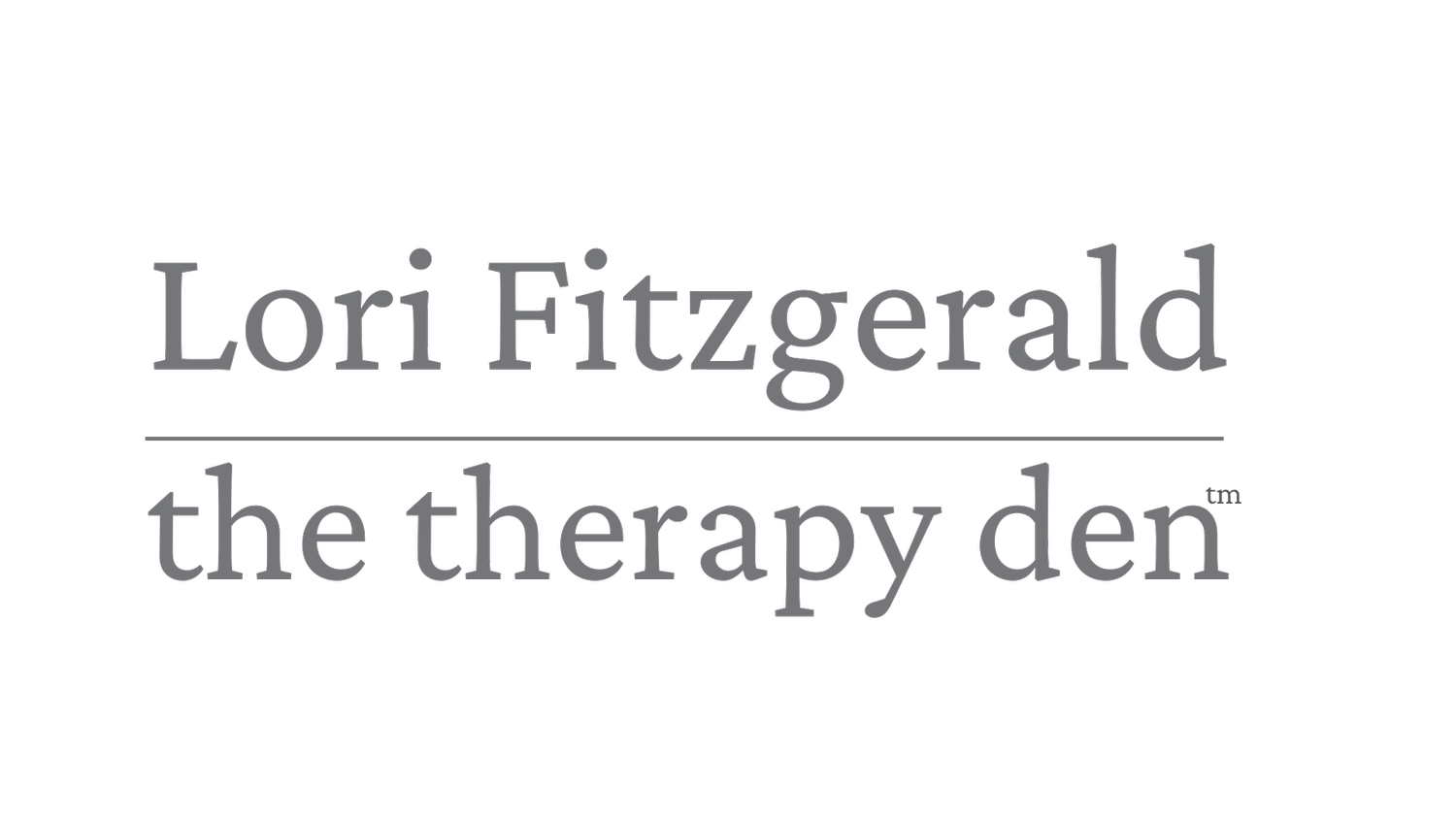Creativity for our Mental Wellbeing
Art and creative practices are essential for mental health because they offer powerful ways to express emotions, process experiences, and foster self-awareness. Unlike verbal communication, art taps into a deeper, often subconscious, part of ourselves, allowing us to explore feelings that may be difficult to articulate. Whether through painting, drawing, writing, or music, creative expression provides an outlet for processing trauma, stress, and anxiety in a non-verbal, therapeutic way.
Engaging in creative activities can also activate a state of flow, where individuals become fully immersed in what they're doing. This can reduce stress, improve focus, and promote mindfulness, helping people stay grounded in the present moment. The act of creating can also boost self-esteem and foster a sense of accomplishment, as individuals see tangible results of their efforts.
Moreover, creativity encourages problem-solving and divergent thinking, which can lead to new perspectives on personal challenges. Participating in group art therapies can build social connections, reduce isolation, and provide a sense of community.
In short, creative practice is not just a leisure activity—it is a vital tool for emotional release, self-reflection, and healing. It nurtures mental well-being by helping individuals tap into their inner worlds and connect with their emotions in transformative ways.


